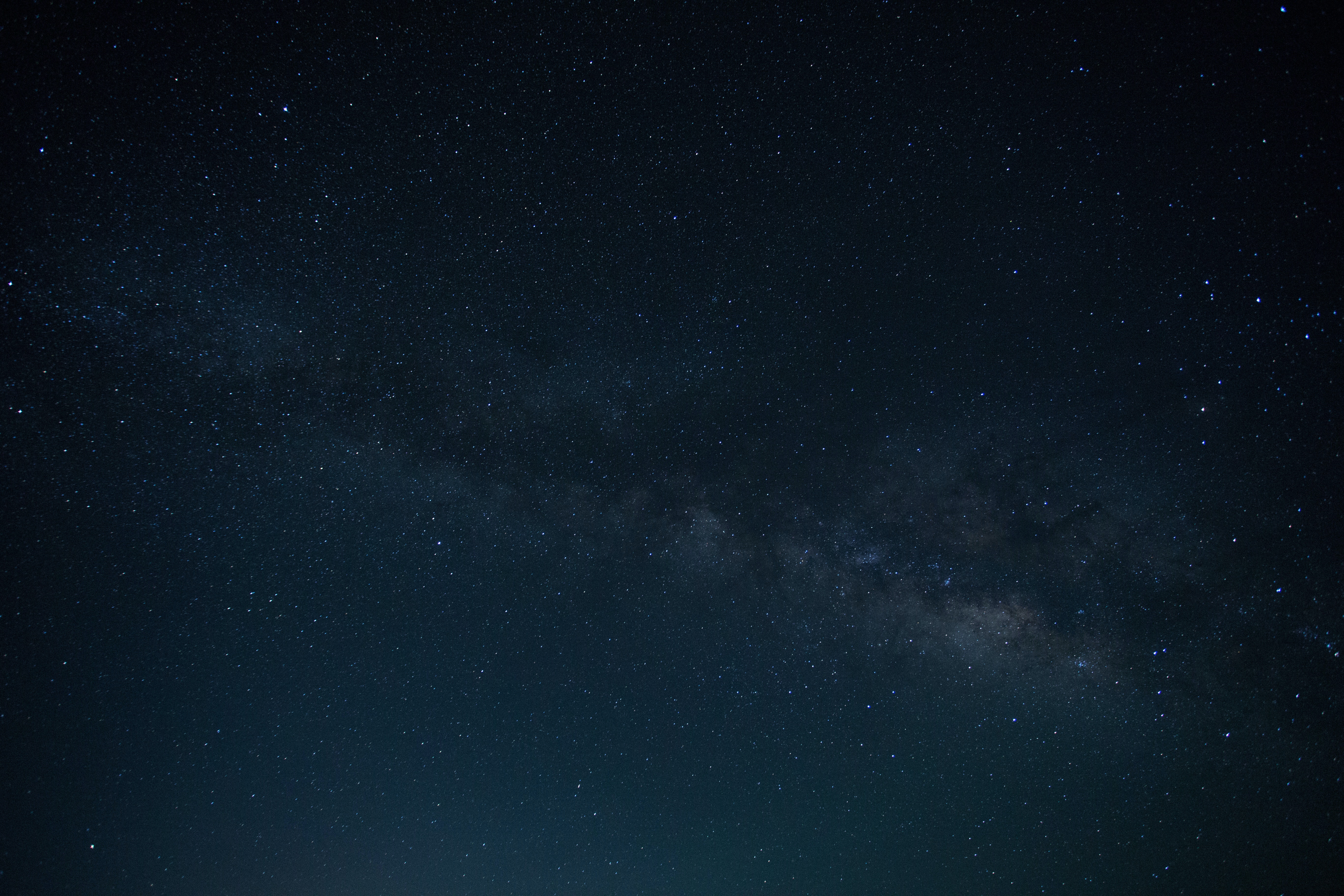Planetary Spectrum Generator
I am currently an associate scientist at NASA Goddard Space Flight Center, continuing my path in exoplanet studies with a concentration now on atmosphere characterization of exoplanets. Using data from the Hubble Space Telescope (HST), we have been conducting an atmospheric analysis on planet L 98-59 c using the radiative transfer and retrieval tool Planetary Spectrum Generator (PSG). The additional data incoming from HST and James Webb Space Telescope (JWST) will enhance our efforts to find definitive detections of atmospheric absorbers. I will also be embarking on a new project focused on benchmarking the noise calculations within PSG with regards to three major telescopes: HST, JWST, and Nancy Grace Roman Telescope.


